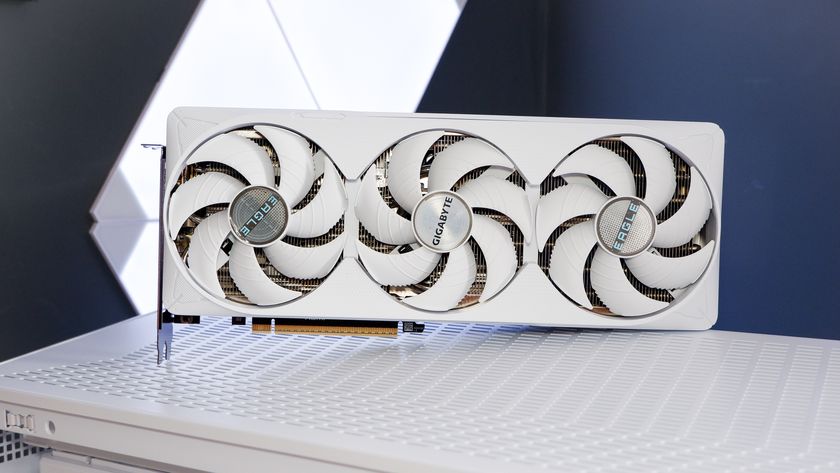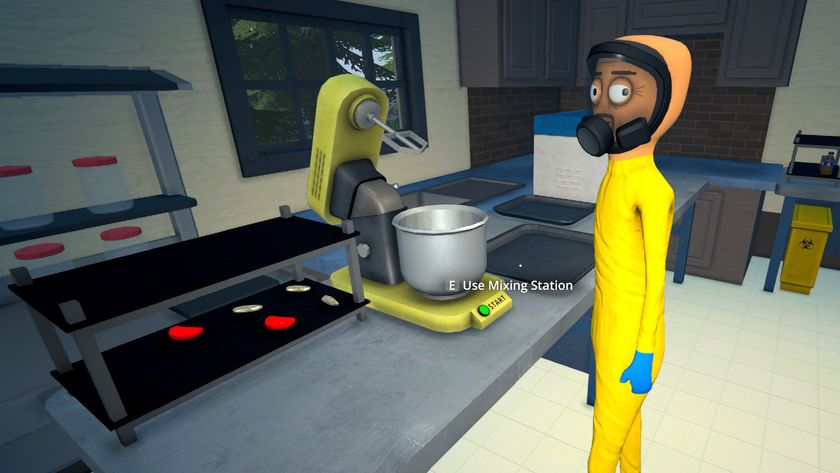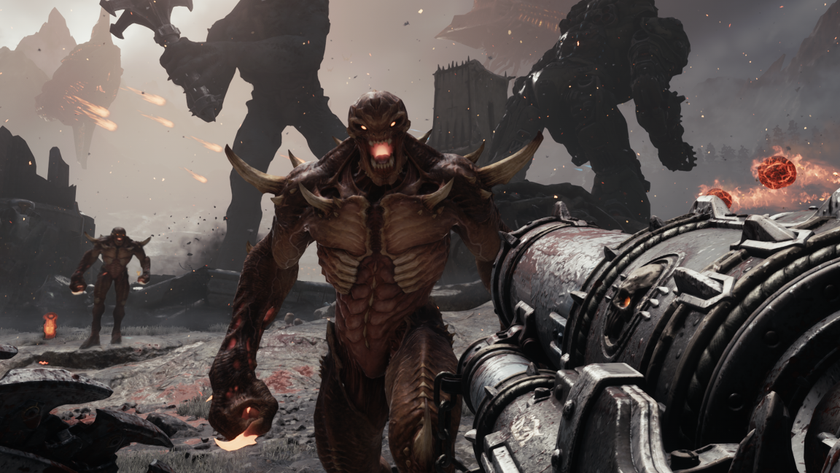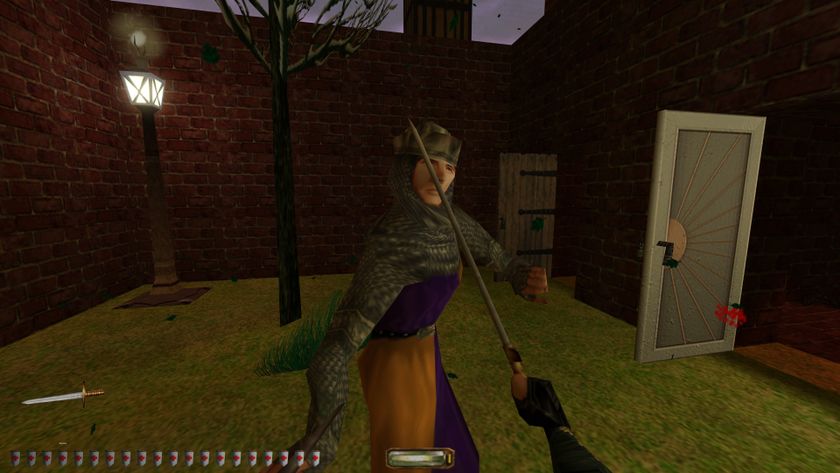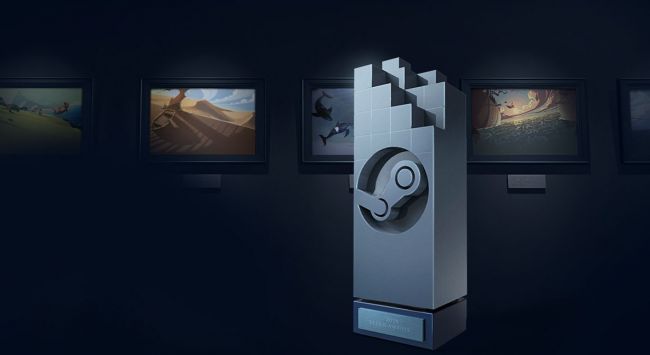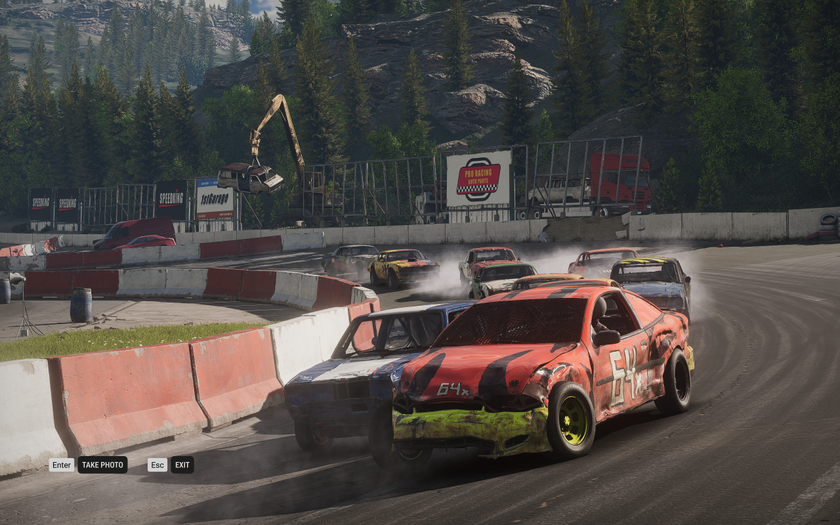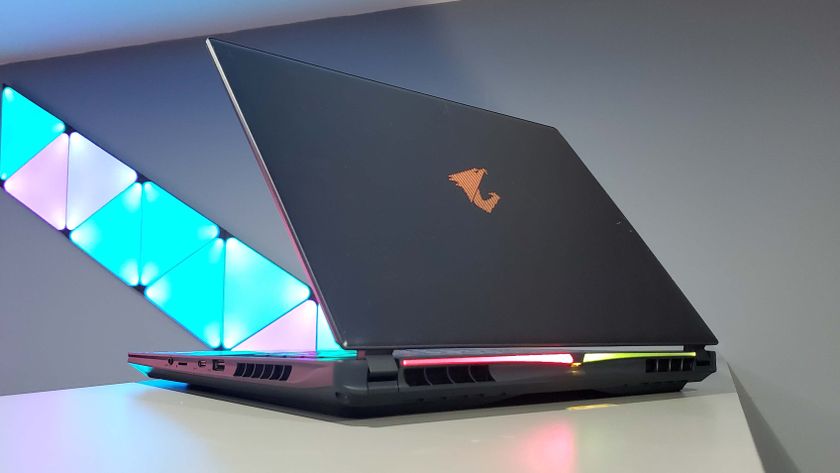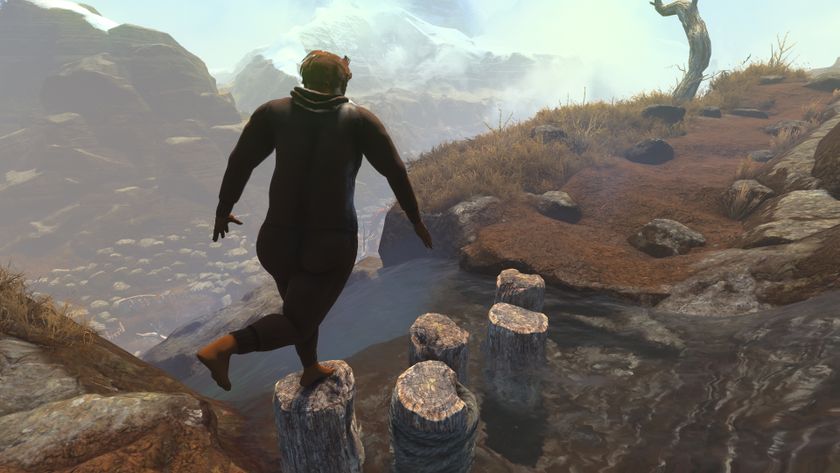How to overclock your old, last-gen graphics card
Overclocking a graphics card used to be more trouble than it was worth, but things have changed.
Overvolting
If you’re not satisfied with your card’s overclocking performance at standard voltages, some cards let you crank up the voltage to squeeze even more performance out of your hardware. Before you do anything, spend a few minutes on Google to look up what other users are reporting as safe voltages for your specific graphics card.
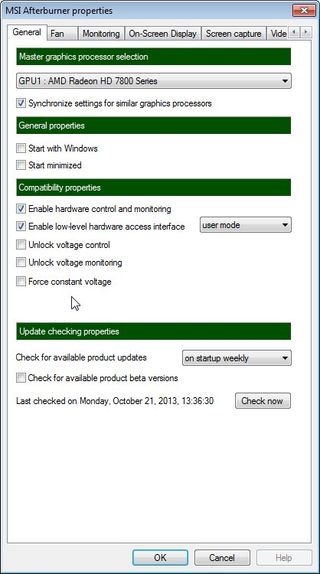
If you're feeling frisky, unlock voltage control and monitoring.
You have to dig into Afterburner's settings to gain access to your card’s voltage. Increase your voltage by 10mV at a time until your overclock is stable, your temperatures exceed 70 degrees Celsius, or you reach your card’s maximum safe voltage.
Even if you’re operating within the maximum safe voltage, overvolting a card can have severe consequences, including general instability, decreased part lifespan, and unsafe temperatures. It’s usually a good idea to stick to stock voltages unless you really need every last bit of performance from your card.
Special Situations
Each and every video card overclocks differently. These differences aren’t limited to just how much you can push the card. Some cards like the GTX 670 and 680 utilize GPU boost to ramp up graphics performance when you need it. Those cards unlock special sliders in Precision X to manage when the boost is active. If you’re working with a card that has GPU boost, you’ll want to play around with the Power Target slider, which determines when the boost is applied. Pump up the boost and your card won’t downclock as often—unless you’re temperatures are getting too high.
The Results
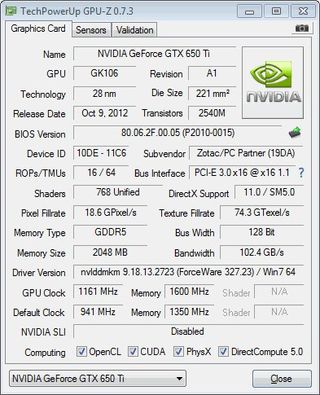
We haven’t won any records, but we do have a respectable overclock.
In our Nvidia test system with an i5-3570k running at 3.4GHz and a GTX 650 Ti, we managed to overclock the graphics card to 1,161/1,600MHz from a stock 941/1,350MHz. That’s a 19% increase in GPU clock speed and a 16% increase in memory clock speed.
The biggest gaming news, reviews and hardware deals
Keep up to date with the most important stories and the best deals, as picked by the PC Gamer team.
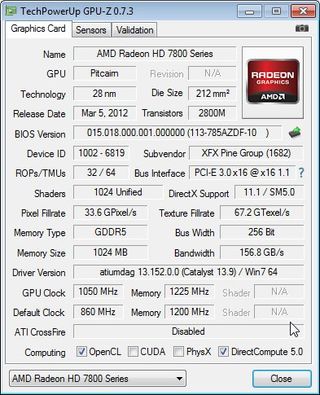
This 7850 didn’t play nice with memory overclocks, but a 190MHz increase in core clock speed isn’t bad at all.
Our AMD test system with an i5-3570k running at 3.8GHz and a 7850, generated comparable results with a default 860/1,200MHz pushed to 1,050/1,225MHz. That’s an 18% increase in GPU clock speed and a less impressive 2% bump in memory clock speed.
| Stock GTX 650 Ti | Overclocked GTX 650 Ti | Stock 7850 | Overclocked 7850 | |
| 3DMark Fire Strike | 2,990 | 3,574 | 4,119 | 4,706 |
| Unigine Heaven 4.0 (fps) | 15.6 | 18.7 | 20.5 | 23.8 |
| BioShock Infinite (fps) | 36.6 | 42.1 | 42.4 | 48.44 |
| Tomb Raider (fps) | 25.2 | 31.5 | 31.3 | 33.2 |
| Core/Memory Clock (MHz) | 941/1,350 | 1,161/1,600 | 860/1,200 | 1,050/1,225 |
